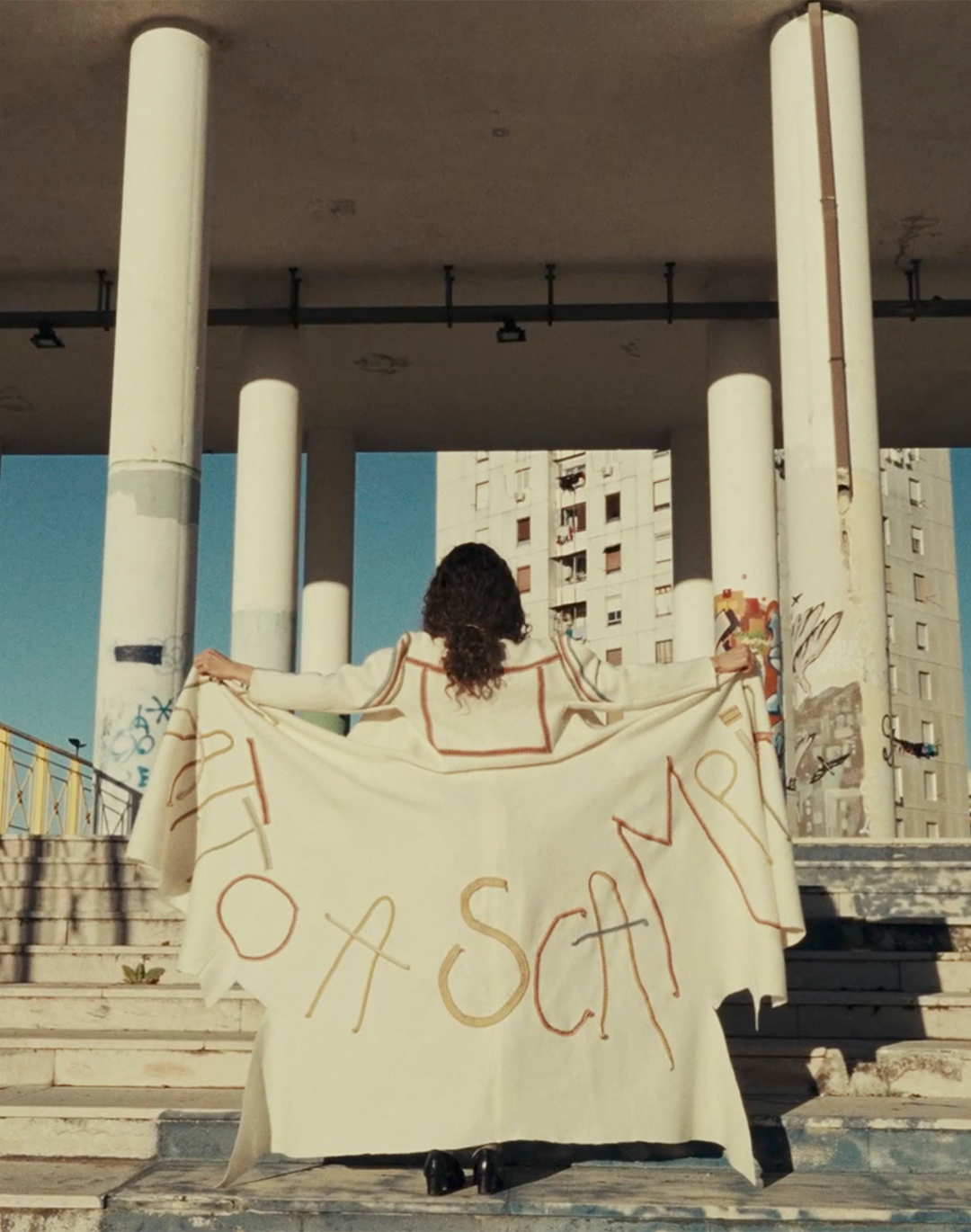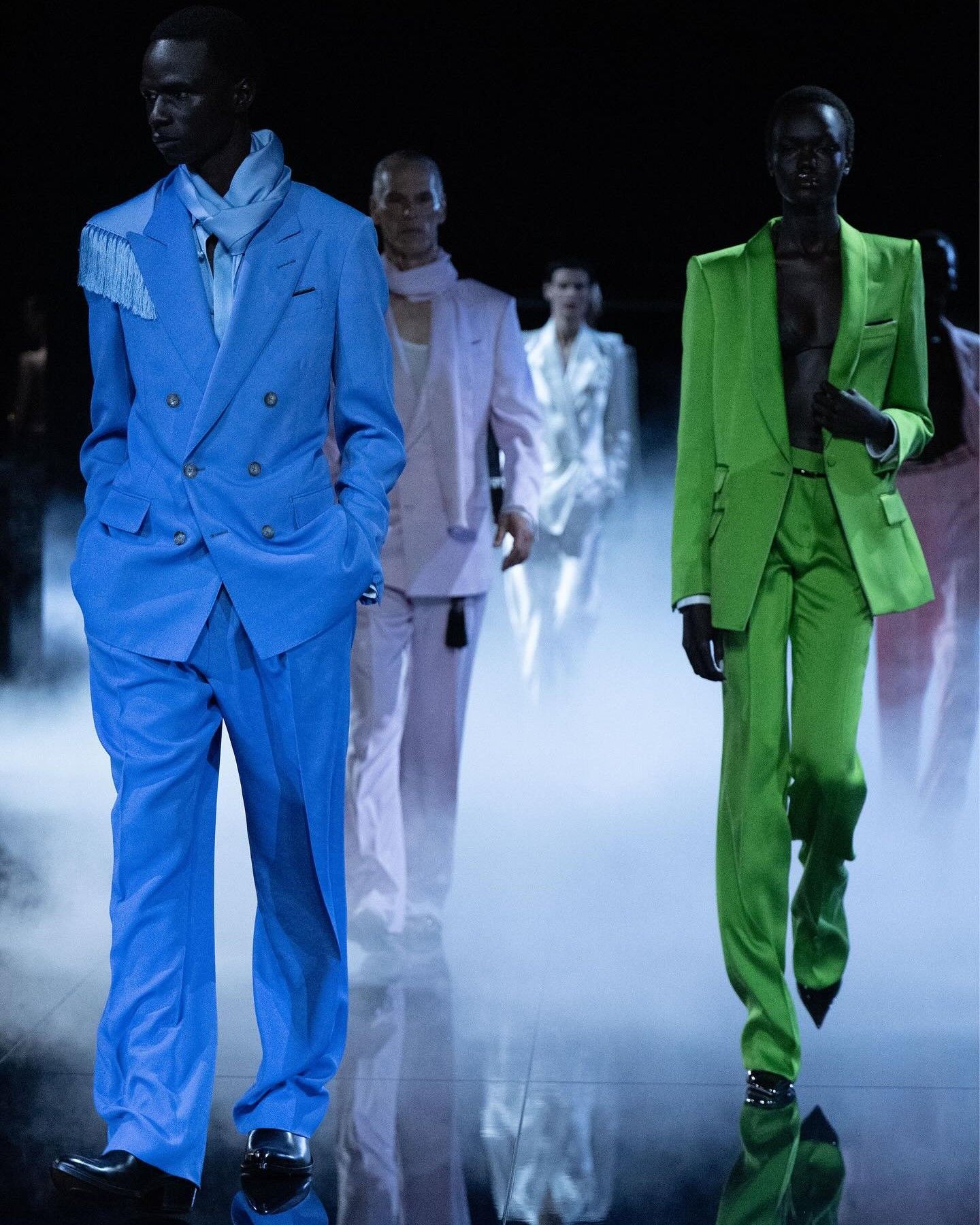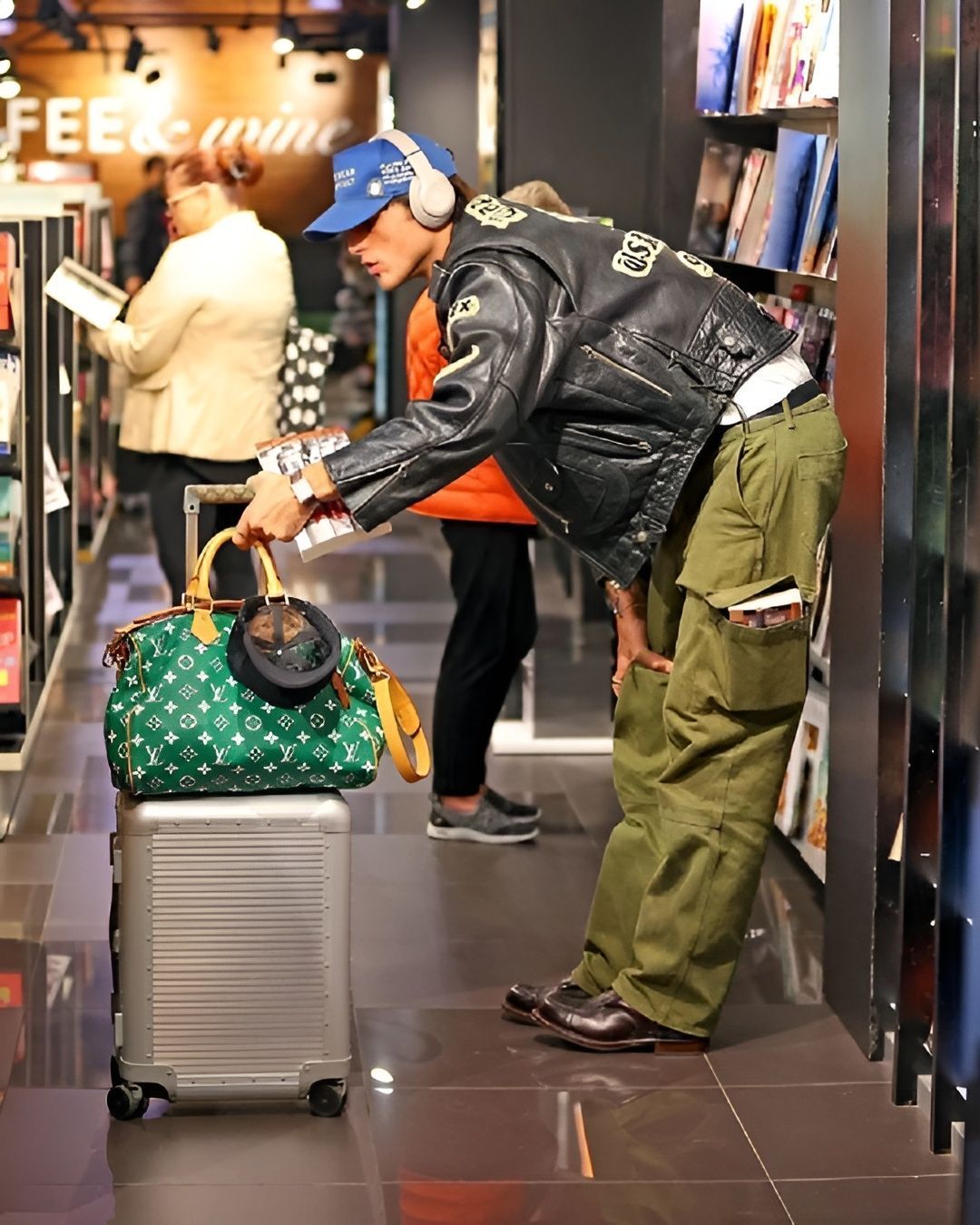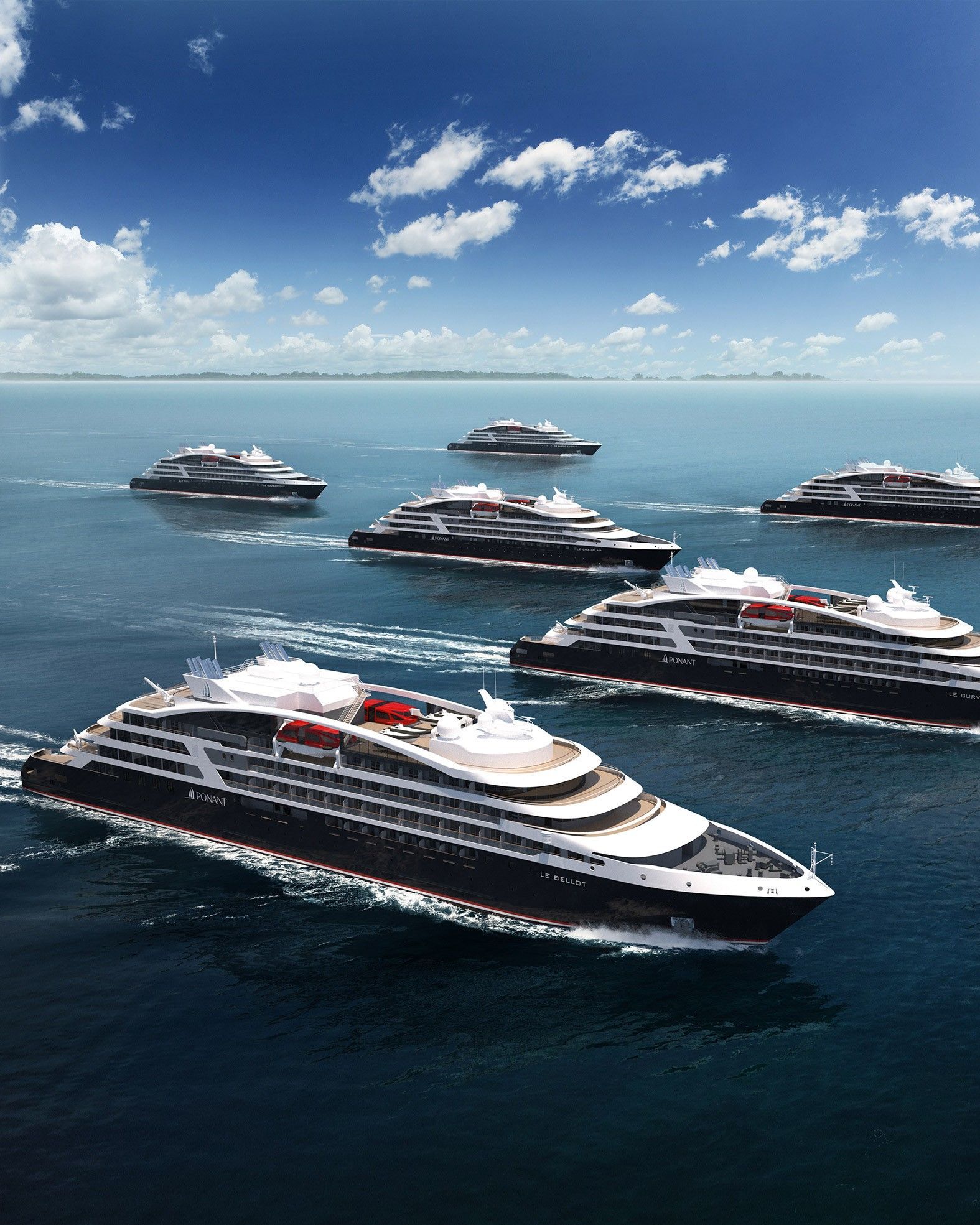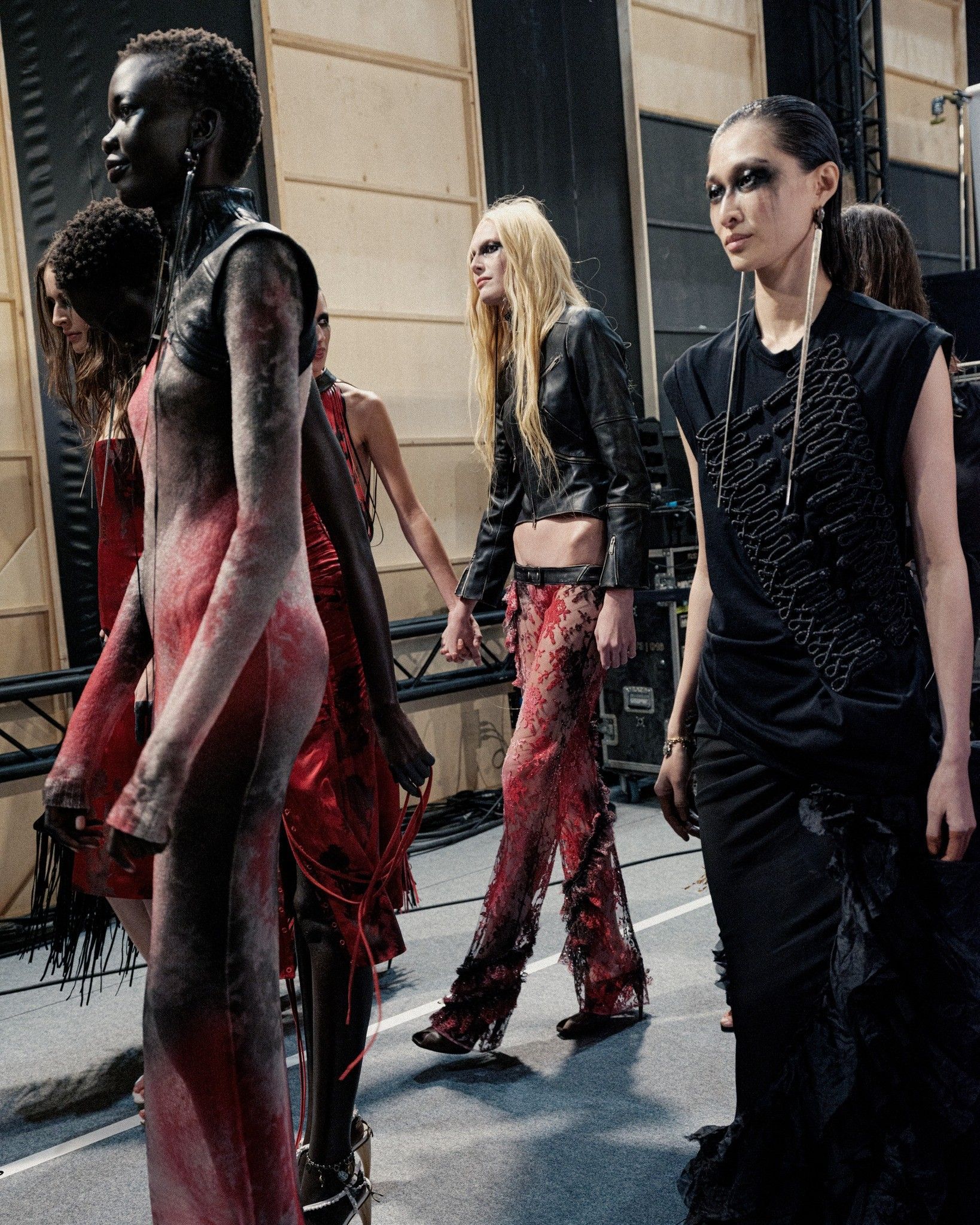
Kering has debt problems now The Pinault group is grappling with increasing pressures related to its expansion strategy
The world’s second-largest luxury conglomerate, Kering Group, led by billionaire François-Henri Pinault, is facing problems beyond its quarterly results. As reported by BoF, the group is in the midst of a financial crisis triggered by an aggressive acquisition strategy aimed at reducing its dependence on its flagship brand, Gucci. The issue is that, beyond sales and profits, it is Kering’s growing debt burden that is becoming a critical obstacle to the group’s competitiveness. According to BoF, Kering's shares have dropped by around 60% over the past two years, in a context of increasing investor concern. These difficulties have been compounded by U.S. tariff threats that have created a “perfect storm”, placing Kering at a disadvantage in a highly competitive luxury market dominated by financially stronger giants such as LVMH, Hermès, and Chanel – who, despite their size, are also facing their own challenges. Pinault’s family holding company, Artemis, which controls Kering and also holds stakes in Puma, is also heavily indebted. Artemis, in fact, will have to make a cash payment of around 500 million euros due to the maturity of a convertible bond, caused by Puma’s poor stock performance.
Artemis’ high debt levels are also putting financial pressure on Kering, as the two entities have interconnected financial obligations. Meanwhile, Kering’s net debt rose to 10.5 billion euros at the end of 2024 – a huge increase from near-zero levels in 2021 and equivalent to about half the company’s current market capitalization. This debt was fueled by a series of acquisitions and investments, including the 2023 cash acquisition of Creed for 3.5 billion euros and a 30% stake in Valentino for about 1.8 billion euros. All of these investments were made at a time when the luxury market was already showing signs of slowing down, particularly for Gucci, which had already lost momentum after the pandemic. And as if that weren't enough, in addition to acquisitions, Kering spent nearly 4 billion euros on prime real estate over the past two years, including flagship stores on Fifth Avenue in New York as well as in Milan and Paris. Sources cited by BoF indicate that Kering paid high premiums to secure these locations to assert its physical market presence.
@keringgroup Kering unveils @balenciaga’s Winter 25 collection. This collection is based on a study of standard dress codes, and what it takes to twist standard fits and garments into a fashion context, featuring select pieces in faux fur. Focused on a sociological observation of the wardrobe underpinned by dressmaking principles and a pursuit of the golden ratio—an exercise in rigour, a challenge, a defining and a rethinking of standards. #Balenciaga son original - Kering
Now an additional source of uncertainty is Kering’s contractual obligation to acquire 100% of Valentino by 2028 from Mayhoola – a contract under which Kering could be forced to purchase the remaining 70% as early as May 2026, spending up to 4 billion euros. Kering has stated it is confident in its ability to finance any early acquisition through cost reductions, including store closures and staff cuts, and by paying part of the sum with up to three million Kering shares, equivalent to about 2.4% of its capital. But Mayhoola would welcome a stake in Kering as part of its expansion strategy, even though the current market value of Kering’s shares would only cover part of the total price. The problem is that the company’s free cash flow has not kept pace with these investments. In 2024, free cash flow dropped by nearly 30%, settling at 1.4 billion euros. To relieve pressure on liquidity, Kering announced its intention to sell stakes in some of these properties, aiming to free up about 2 billion euros by 2026. However, the first sales recorded losses: for example, the sale of a 60% stake in three Parisian properties resulted in a write-down of 100 million euros, indicating that such assets could be sold below book value.
This show is a good sign for Gucci. I’m seeing an actual identity in the clothing which has been missing for a very long time. I like the way the Gucci team celebrated Florence. pic.twitter.com/XroLnSFd2d
— Ọdúnayọ̀ (Ayọ̀) Òjó (@fashionroadman) May 15, 2025
Kering’s leverage metrics further underscore the company’s vulnerability. Standard & Poor’s reported that the adjusted net debt to EBITDA ratio, which also includes lease liabilities, stood at 3.8 times at the end of 2024. UBS analysts estimate that leverage could reach 4.1 times by the end of 2025. Exceeding a ratio of four times significantly increases the risk of a credit rating downgrade, an event bondholders warn could worsen Kering’s financing costs and operational flexibility. In parallel with Kering, Artemis mirrored the same acquisition strategy, buying a 53% stake in Hollywood talent agency Creative Artists Agency (CAA) for about 3.5 billion euros. This move, combined with Kering’s debt, pushed Artemis’ net debt to 20.2 billion euros by the end of 2023, more than double the previous year. According to Eric Pichet, professor of economics at Kedge Business School in France, interviewed by BoF, the group is truly facing a perfect storm of problems, with declining sales and profits and rising interest rates limiting the possibility of refinancing debt. The dividend policy, which historically foresees distributing at least half of net income to shareholders, may come under scrutiny to preserve liquidity, but a dividend cut would worsen Artemis’ financial situation, increasing risk. Hopefully, the expected mid-year sales rebound can ease the group’s troubles.










